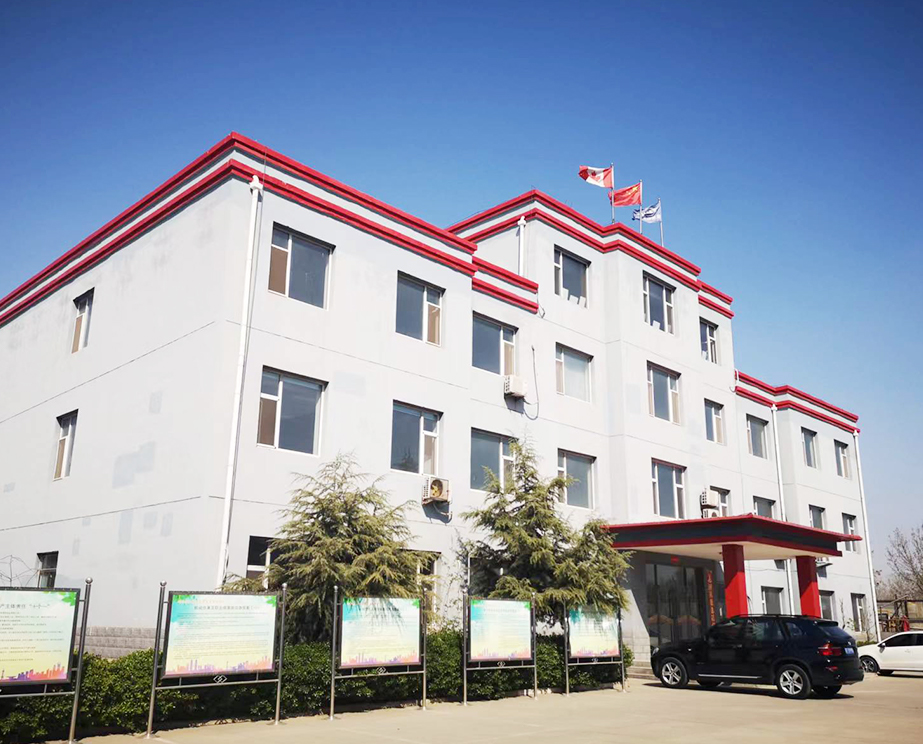- Afrikaans
- Albanian
- Amharic
- Arabic
- Armenian
- Azerbaijani
- Basque
- Belarusian
- Bengali
- Bosnian
- Bulgarian
- Catalan
- Cebuano
- Corsican
- Croatian
- Czech
- Danish
- Dutch
- English
- Esperanto
- Estonian
- Finnish
- French
- Frisian
- Galician
- Georgian
- German
- Greek
- Gujarati
- Haitian Creole
- hausa
- hawaiian
- Hebrew
- Hindi
- Miao
- Hungarian
- Icelandic
- igbo
- Indonesian
- irish
- Italian
- Japanese
- Javanese
- Kannada
- kazakh
- Khmer
- Rwandese
- Korean
- Kurdish
- Kyrgyz
- Lao
- Latin
- Latvian
- Lithuanian
- Luxembourgish
- Macedonian
- Malgashi
- Malay
- Malayalam
- Maltese
- Maori
- Marathi
- Mongolian
- Myanmar
- Nepali
- Norwegian
- Norwegian
- Occitan
- Pashto
- Persian
- Polish
- Portuguese
- Punjabi
- Romanian
- Russian
- Samoan
- Scottish Gaelic
- Serbian
- Sesotho
- Shona
- Sindhi
- Sinhala
- Slovak
- Slovenian
- Somali
- Spanish
- Sundanese
- Swahili
- Swedish
- Tagalog
- Tajik
- Tamil
- Tatar
- Telugu
- Thai
- Turkish
- Turkmen
- Ukrainian
- Urdu
- Uighur
- Uzbek
- Vietnamese
- Welsh
- Bantu
- Yiddish
- Yoruba
- Zulu
what is the difference between casing and tubing?
Understanding the Difference Between Casing and Tubing in Oil and Gas Production
In the oil and gas industry, the terms casing and tubing are often used to describe different components of a well. These two elements play crucial roles in the extraction process, but they serve distinct purposes and are made of different materials. Understanding the differences between casing and tubing is essential for anyone involved in petroleum engineering or well construction.
Casing The Structural Backbone of a Well
Casing refers to the series of steel pipes that are inserted into a borehole after drilling has been completed. Its primary function is to provide structural integrity to the wellbore, preventing collapse and ensuring safe and efficient operations. Once a well is drilled, casing is cemented into place to seal the surrounding formations and protect the well from contamination.
Casing is typically used in multiple zones of the well, including the surface, intermediate, and production zones. The surface casing is the first to be installed and is designed to protect fresh water sources and provide a foundation for the well structure. Intermediate casing is installed at greater depths to support the wellbore as drilling activities progress. Production casing, on the other hand, allows for the extraction of oil and gas from the targeted reservoir.
Tubing The Conduit for Oil and Gas Production
Tubing, in contrast, is a smaller diameter pipe that is inserted into the casing once the well has been completed. It serves as the conduit for the oil and gas to flow from the reservoir to the surface. Tubing is typically made of high-strength steel to withstand the harsh conditions encountered during production, including high pressure and corrosive environments.
what is the difference between casing and tubing?

The tubing string is equipped with various components, such as packers and separators, which enhance its functionality and efficiency. Packers are used to isolate sections of the well, allowing for more controlled production and enhanced recovery methods. The tubing is designed for easy installation and removal, facilitating maintenance operations and repair works when necessary.
Material and Design Differences
One of the key differences between casing and tubing lies in the material and design specifications. Casing is constructed from thicker steel to withstand the pressures of the surrounding earth and to support the wellbore. It is typically rated for higher burst and collapse pressures compared to tubing. The thickness of casing ensures stability and protection for both the wellbore and the surrounding formations throughout the lifespan of the well.
Tubing, on the other hand, is thinner and designed specifically for fluid flow. The design is optimized for transporting hydrocarbons from the reservoir back to the surface, which means it often has features that enhance flow rates and minimize friction losses.
Conclusion Complementary Roles in Well Operations
In summary, casing and tubing are both critical components of oil and gas wells but serve different roles. Casing provides structural stability and protects the well from external influences, while tubing allows for the efficient transportation of oil and gas to the surface. Understanding the functions, material differences, and design specifications of casing and tubing is vital for professionals involved in well construction and production management. Together, they ensure the safe and effective extraction of valuable resources from beneath the Earth's surface, supporting the energy needs of our modern world.
-
Tubing Pup Joints: Essential Components for Oil and Gas OperationsNewsJul.10,2025
-
Pup Joints: Essential Components for Reliable Drilling OperationsNewsJul.10,2025
-
Pipe Couplings: Connecting Your World EfficientlyNewsJul.10,2025
-
Mastering Oilfield Operations with Quality Tubing and CasingNewsJul.10,2025
-
High-Quality Casing Couplings for Every NeedNewsJul.10,2025
-
Boost Your Drilling Efficiency with Premium Crossover Tools & Seating NipplesNewsJul.10,2025







